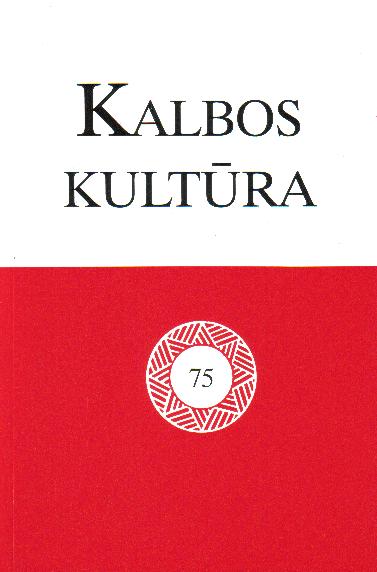Tarinio formos greta kelių veiksnių dokumentų kalboje
Forms of predicates with several subjects in the language of documents
Author(s): Rasuolė VladarskienėSubject(s): Language and Literature Studies
Published by: Lietuvių Kalbos Institutas
Keywords: Subject; predicate; language of documents; function; position
Summary/Abstract: The article sets out to discuss agreement between the subject and the predicate in the language of documents. The function of a subject is performed by two or more elements. The main factor influencing the selection of the form of the predicate is that of its position. The prapositional form of the predcate agrees with the nearest subject form. The prepositional predicate often occurs in the plural masculine gender form. Very often documents have the neuter gender prepositional predicate, which is a convenient form of expression. Its frequent usage is motivated when it is used with heterogeneous subjects (differing in gender and/or number), and the nearest subject is separated from the predicate by a column. If subjects in a sequence are not split and the predicate does not have a column after it, the neuter gender predicate should not be used. The problems of prepositional predicate agreement can be avoided when words of generalised meaning are used.
Journal: Bendrinė kalba (iki 2014 metų – Kalbos kultūra)
- Issue Year: 2002
- Issue No: 75
- Page Range: 84-93
- Page Count: 10
- Language: Lithuanian

